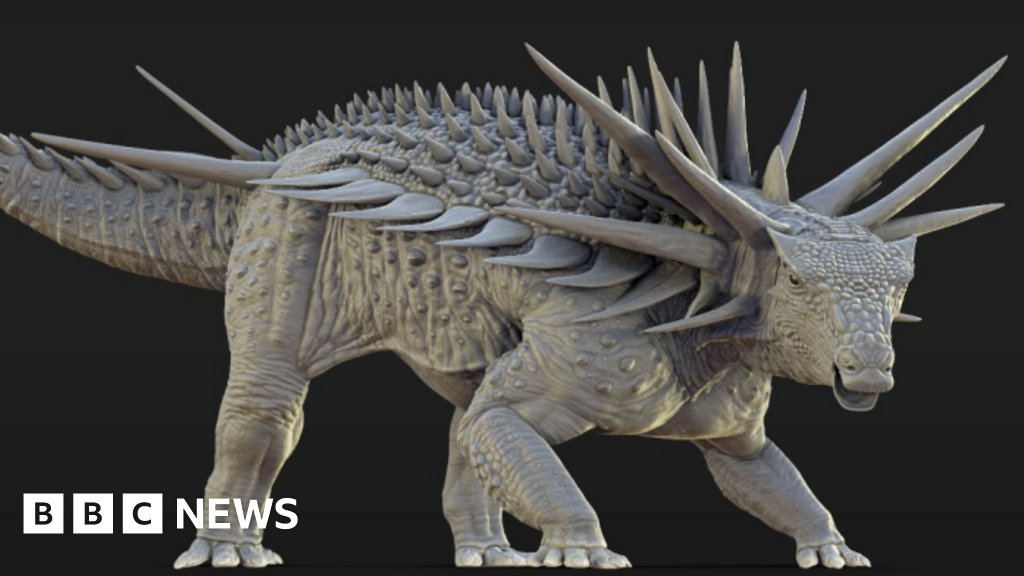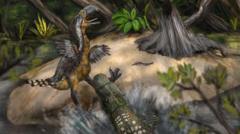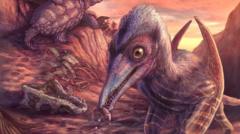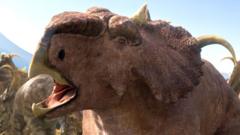A groundbreaking discovery from a Mongolian museum has led scientists to identify a new species of dinosaur that they believe "rewrites" the evolutionary history of tyrannosaurs. The newly named species, Khankhuuluu mongoliensis, derived from historical Mongolian terms meaning "Dragon Prince," is now recognized as the closest ancestor to all known tyrannosaurs, including the famed T.rex.
This revelation was made public in a recent study published in Nature, revealing that two dinosaur skeletons approximated to be 86 million years old were pivotal in challenging previous assumptions about the lineage of these formidable predators. Prof Darla Zelenitsky, a palaeontologist at the University of Calgary, emphasizes the importance of this discovery, illuminating the transition from diminutive tyrannosauroids to the iconic giants that once roamed North America and Asia.
"The term 'Prince' illustrates the discovery of an early and smaller tyrannosauroid," Prof Zelenitsky explained. The early ancestors of tyrannosaurs were significantly smaller, agile hunters that thrived despite competition from larger apex predators. Jared Voris, a PhD student and lead researcher, elaborated on this evolutionary journey by noting, "Khankhuuluu signifies a shift, linking the agile predators of the Jurassic period to the later massive tyrannosaurs like T.rex."
Weighing an estimated 750 kg, Khankhuuluu represents a transitional phase in the evolutionary lineage, bridging prior smaller species and the gigantic T.rex, which could weigh up to eight times more. Prof Zelenitsky reiterated that this discovery has refined the tyrannosaur family tree and enriched our understanding of their evolutionary narrative. Key characteristics observed in Khankhuuluu, such as specific skull features, provide insights into the development of powerful jaws that would eventually define later tyrannosaurs' predation techniques.
The fossils that led to this important identification were unearthed in Mongolia during the early 1970s. Initially classified under an existing species, Alectrosaurus, further investigation into their unique ferocious traits prompted Voris to propose a new classification. "His message about the fossils' significance was exhilarating," Prof Zelenitsky recalled.
Additionally, the ability of these dinosaurs to traverse land bridges between North America and Asia facilitated diverse evolutionary paths amongst tyrannosaur groups over millions of years. The researchers concluded that before tyrannosaurs achieved apex dominance, they were in fact the "princes" of their ecological niches.
















